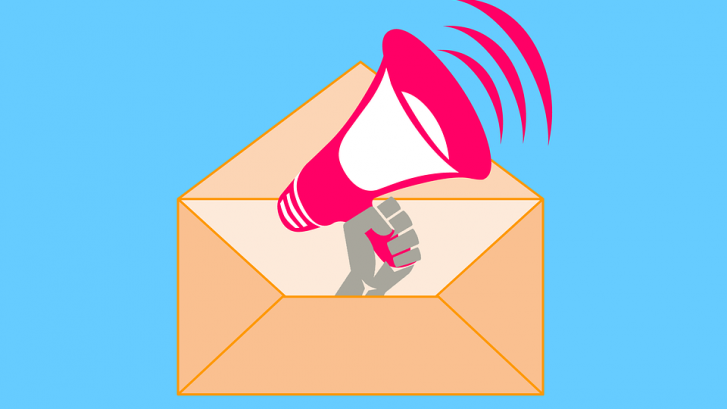If you are starting an email marketing strategy, you should have already asked what types of email marketing there are and how or when to use each one.
You need to set your goals well before you begin to plan your strategy and know what types of email marketing will send to your leads. Each type has its advantages and objectives.
Let’s see what types of email marketing there are.
Promotional campaigns
This is one of the most common types of email marketing. The purpose of promotional campaigns is to arouse the interest of users in advancing the sales funnel and encouraging them to make one or several purchases. If the customer has already purchased a product or service, a good practice will be emails that offer products or services similar to or complementary to those that were purchased, with advantages such as special discounts.
When sending campaigns to multiple people, create unique promotional codes for your email list. So you’re conveying the idea of exclusivity to your subscribers, helping to increase both openness and conversion rates.
Included here are seasonal campaigns, which are sent in times such as Easter, Father’s Day, etc.
Newsletters
For businesses to connect with their audience, they can send newsletters and build loyalty. Usually serve to advertise new products or services or notify the leads about new content on the blog. The goal is to build trust without the direct goal of generating sales. One suggestion is to send it once or twice a month, about how the company month was and highlighting the main content, for example, a top 5 of the most viewed articles on the blog.
Research and feedback
Companies can create forms to try to understand customers’ needs and get feedback from them. These could be comments on products and services, questions about what they would like to read on the blog, or surveys to understand consumer behavior. This information is useful for future plans.
Provide an incentive for people to fill out forms, for example coupons with discount codes.
Transactional
Email marketing platforms allow you to automate emails based on customer actions. You can send these emails automatically when:
- A product was purchased;
- A service has been completed;
- A user completes a form;
- New users have signed up for the blog;
Confirmation of purchase, welcome, and anniversary emails are examples of transactional emails.
Welcome mentioned earlier, this is a type of transactional email and one of the most effective types of email marketing, since it takes a long time to get in touch with a new subscriber, so you can forget that you have subscribed to the list. In addition, welcome emails have high rates of opening, clicks, and generate more revenue.
In these emails, you can include a thank you as well as a brief description of the company. Read our tips to write welcome emails.
Abandoned cart
Like other automated campaigns, these emails are triggered as users’ actions. In this case, when someone adds items to the cart but ended up pro not buying, the company can send an email to encourage them to complete the purchase. You can even include a discount code.
Gratitude
You can send an email to someone to thank for a purchase, for signing up for the newsletter, for providing feedback or other forms of interaction.
You can automate the email to be sent shortly after a certain action (a purchase, filling out a form, etc.). In addition, you can send a personalized email after someone has made a purchase. This is used more for higher priced purchases or custom items.
Invitations
These emails are sent to promote events organized by the company, inviting people to participate and to sign up. Therefore, explain the importance of the event and include all the necessary information, such as location, date, time, participants limit, etc.
Operational and informative
These types of email marketing are important and communicated news. It can be to warning that the site is in maintenance, period of vacations of the company, change of the privacy policies, etc.
Now that you know what types of email marketing there are, start using those that best suit your business and your strategy.


